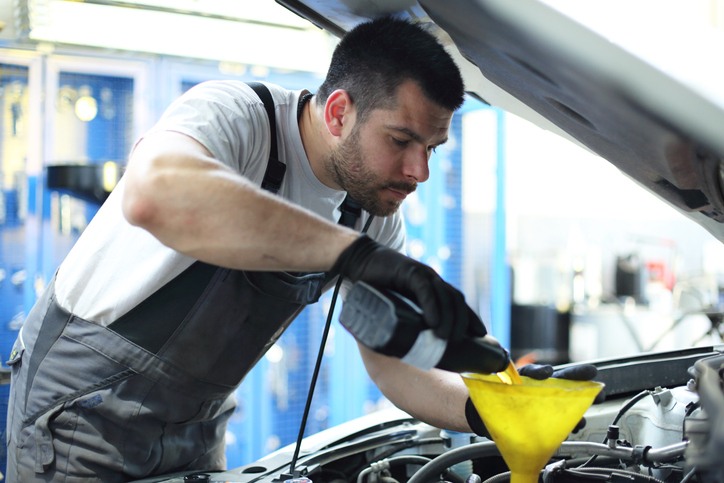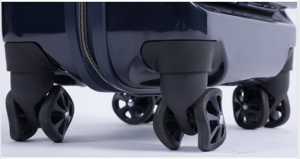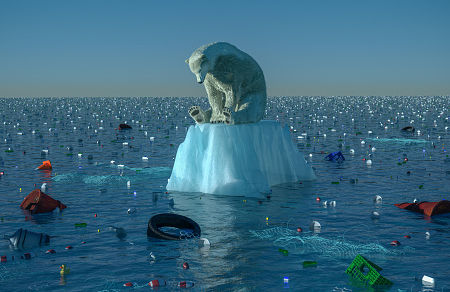 I was driving to work today and passed an oil change station. I don’t worry about oil changes any longer since I am driving an electric vehicle, but it reminded me of an energy audit I did for Quaker State oil decades ago. It was such a pleasant visit, helping them find energy efficiency opportunities and ways to improve plant throughput. But, as I sat at lunch with the plant manager the rest of the story emerged.
I was driving to work today and passed an oil change station. I don’t worry about oil changes any longer since I am driving an electric vehicle, but it reminded me of an energy audit I did for Quaker State oil decades ago. It was such a pleasant visit, helping them find energy efficiency opportunities and ways to improve plant throughput. But, as I sat at lunch with the plant manager the rest of the story emerged.
Lunch started with the usual pleasantries which included my admiration for his products. While he appreciated my accolades about how good they were he reminded me that people no longer changed their own oil … they had their oil changed by others. And, the brand choice of the oil itself disappeared. So, it mattered more who changed the oil … which then determined the oil used.
Before you get too cocky in your response, think about the changes we are experiencing now with Siri, Cortana, the Amazon Echo, etc. We ask Siri where the nearest this or that is … and perhaps we see all our choices … perhaps not. Google the questions you hope your customers ask about you and your service offerings and see what else shows up … perhaps listed ahead of your offering. Perhaps your offering doesn’t even show.
Digital engagement requires you are noticed and then positively viewed. Perhaps you are invisible are not differentiable.
Go ahead, Google what you think customers are asking about yourself.
 Thank goodness I am not traveling like I used to. But if I were still a road warrior, this latest luggage invention would have gotten my attention. And, for those of you who are still on the road,
Thank goodness I am not traveling like I used to. But if I were still a road warrior, this latest luggage invention would have gotten my attention. And, for those of you who are still on the road, 
 A recent article on customer attitudes toward climate change and what energy companies should do about it is really telling. To no one’s surprise, customers may want something to happen, but are less than willing to pay to make it happen:
A recent article on customer attitudes toward climate change and what energy companies should do about it is really telling. To no one’s surprise, customers may want something to happen, but are less than willing to pay to make it happen: I was shocked to see that the latest trend in hair color for this year is … wait for it… perhaps you guessed it … it is GRAY! Yippee … I am finally on the trendy side of things.
I was shocked to see that the latest trend in hair color for this year is … wait for it… perhaps you guessed it … it is GRAY! Yippee … I am finally on the trendy side of things.